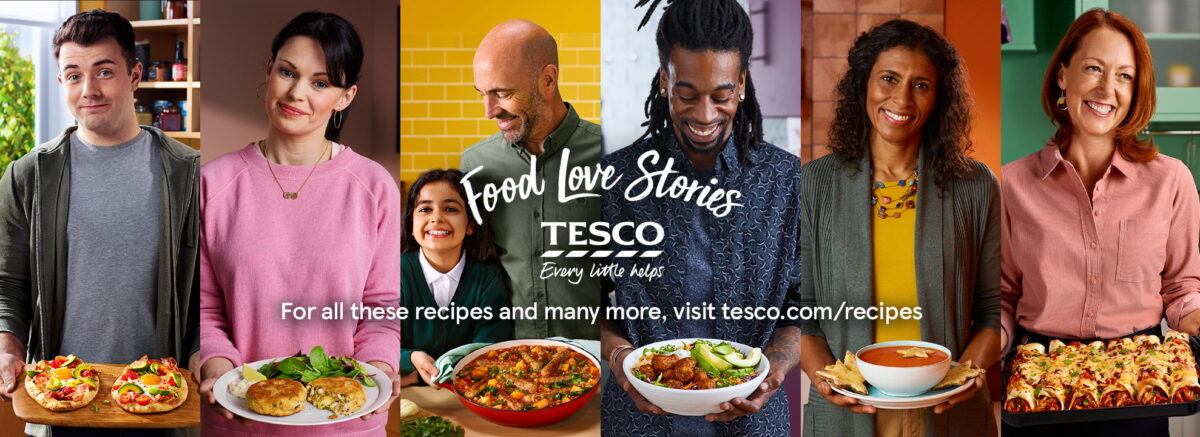Maintaining a hunger to learn and improve is a key component of driving professional growth. In our profession, there are few better places to learn from than the pages of IPA Effectiveness award winners.
The IPA Effectiveness awards only occur every two years and all entries are added to the IPA Databank – the most rigorous, evidence-backed case studies of the tangible, attributable impact of advertising.
There are no categories, as all awards are given on the merit and quality of the case study. You can’t win because it’s an easy year with low entries – you win because your case study can stand shoulder to shoulder with all the award winners that have gone before it, whilst showing stand out excellence amongst your peer group in the year you enter. Given all of this, it’s rightly regarded as the Rolls Royce of advertising awards; our industry’s equivalent of an Oscar.
Last week, the 2020 winners were announced, with 25 papers receiving the much-coveted award. At The Kite Factory, we were thrilled to be one of those 25, receiving a Bronze award alongside our friends at WaterAid for our paper ‘A partnership that has saved five million children’s lives and built a new model for fundraising’, which covered the 15-year journey we’ve been on together. We’re also incredibly proud to be one of only 3 UK independent agencies recognised in the awards, alongside Creature and the7stars. However, we’re always keen to see who picks up the Grand Prix, to see what we can learn from the best of the best.
This year, the Grand Prix Winner was Tesco by BBH and MediaCom for the paper ‘From running shops to serving customers: The Tesco turnaround story’. The entry covers the five-year turnaround from the aftermath of a major accounting scandal in 2014 and an annual loss of £6.4bn in spring 2015: the biggest ever for a UK retailer. The solution was to put customers at the heart of the business, with a marketing strategy designed to get shoppers who had fallen out of love with the brand to choose Tesco again.

They did this by utilising a three-pronged approach to mend that broken relationship:
- Rebuild Trust
- Repair Food Credentials
- Restore Value Perception
The story of the five-year turnaround undertaken by the grocer links the brand recovery (+640% increase in brand index score), the increase in sales (+28.2% like-for-like sales) and the huge shift in profit (from -£6.4bn to +£2.21bn), to a fundamental shift from ‘running shops to serving customers’. The full paper is well worth a read, but for the purpose of this piece, I wanted to focus on the specific media tactics employed, and the lessons we can learn.
As part of the rebuilding trust component, they used media to do 4 things:
- Re-balance investment to campaigns with long-term objectives that better-served customers to create a balance of ‘brand over time, trade overnight.’
- Regain market-leading share of voice. Tesco’s share of voice correlated to share of market and spend was in long-term decline.
- Re-weight their media mix to better reflect people’s changing media consumption.
- Working ‘inside-out’ to rebuild relationships both in and out of the business, thinking of touchpoints in the order of “Colleagues, Owned, Customers, Communities and the Nation”.
To directly quote the media-specific learnings section of the paper:
[This approach] enabled meticulous systems to flourish and allowed long-term platforms to thrive on all available paid, owned and earned touchpoints. The success here encouraged further bravery through exclusive activations, media creativity and partnerships – all underpinned by context – proving again that marketing is at its best when medium and creative are planned in harmony.
What is striking is the adherence to simplicity and getting the fundamentals right, but doing so with utter rigour and conviction, and using that as a platform to drive innovation and growth. This is a great lesson for us all to take away from this paper.
Whilst not all businesses have the marketing budgets and scale of Tesco, there a number of key actions that can be applied to any brand as a result of this Tesco case study:
- Evaluate all investments with an eye on long term brand building as much as short term activation.
- Remember the relationship between SOV and SOM and maintain spend (where possible) in line with your goals.
- Consistently review how your target audience is consuming media, and keep abreast of significant shifts in their behaviour, redeploying budget accordingly.
- Leverage every touchpoint within your marketing eco-system and use it to your benefit. This can work to your advantage at any size.
I am pleased that these are conversations we are already having with many clients, but this IPA Effectiveness Grand Prix winner is a timely reminder of the importance of getting these fundamental building blocks right. That way we can ensure we are delivering truly effective campaigns and maximising every single pound spent.
